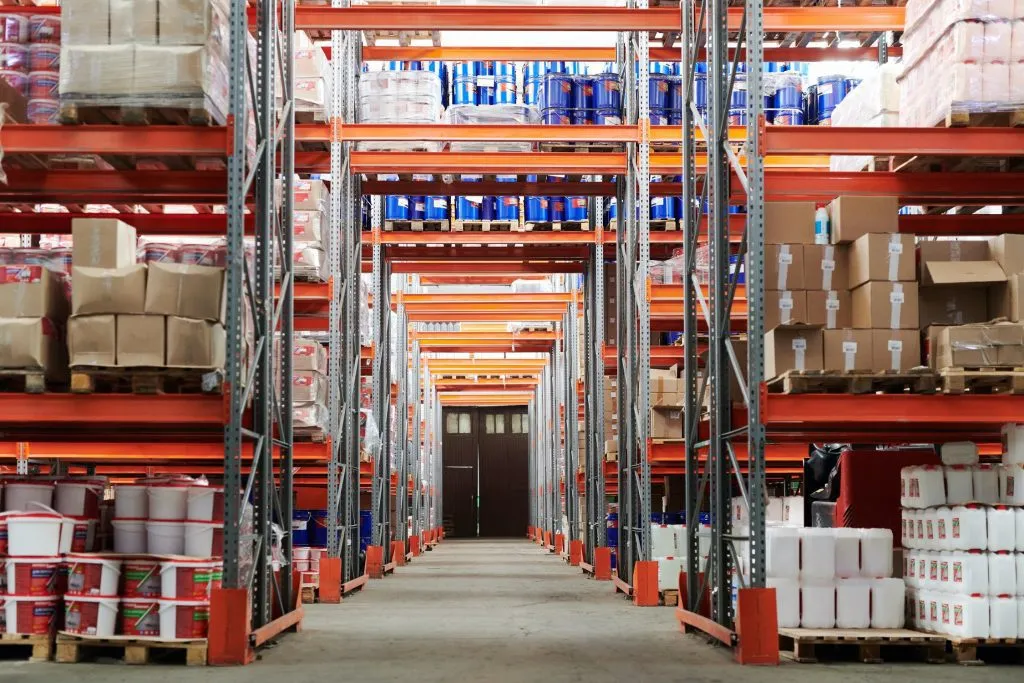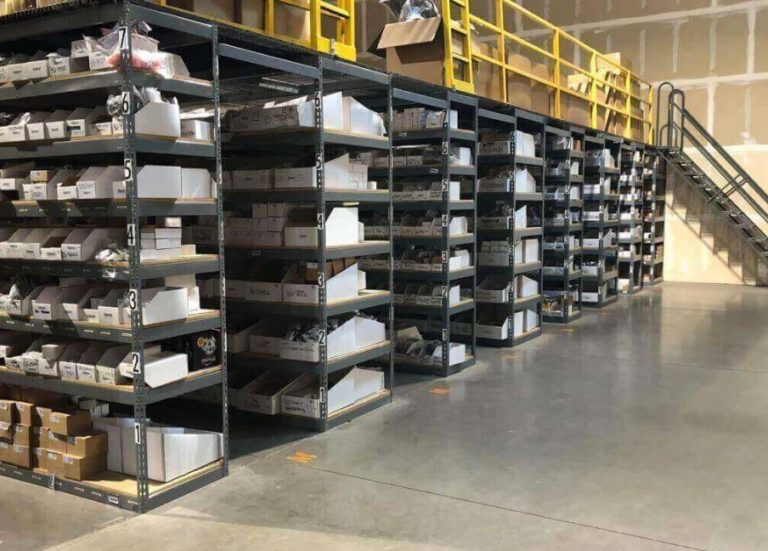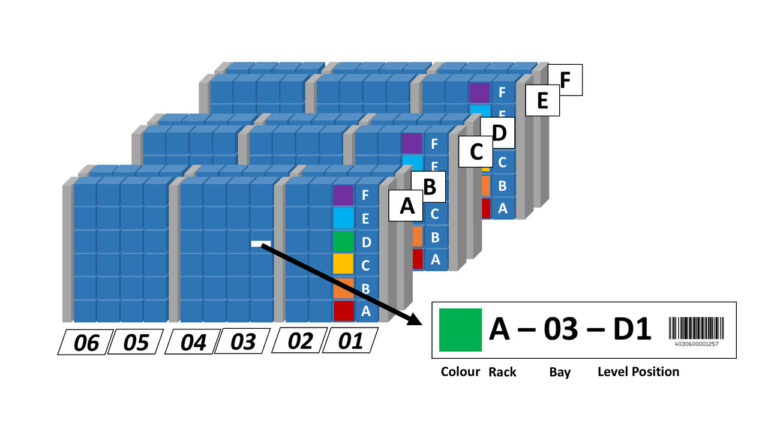The Dynamic Duo: Static and Dynamic Locations in Warehouse Management

Diving into the world of warehouse organization
Hey there, fellow business enthusiasts! It’s Kim here, diving into the world of warehouse organization—a topic I could talk about for hours, especially when it comes to optimizing your space for efficiency and accuracy. Today, we’re exploring the differences between static and dynamic locations in warehouses, the benefits of each, and how they can be utilized to streamline operations. Whether you’re a small business owner looking to revamp your warehouse or just curious about the logistics behind your favorite products, this one’s for you!
Static Locations: The Steady Eddies of Storage
Static locations in a warehouse are exactly what they sound like—permanent spots where specific items are always stored. Think of it as assigning a permanent address to each product type, making it easy to find exactly what you need, exactly where you expect it to be.
Benefits of Static Locations:
- Predictability: With everything having a designated spot, picking and restocking become straightforward tasks. This predictability is a boon for training new staff quickly.
- Simplicity: For items with consistent sales patterns or those that are large and cumbersome, static locations reduce the complexity of handling and moving stock.
- Efficiency in Layout Planning: Knowing where each item resides allows for strategic placement based on sales volume and frequency, minimizing movement and saving precious time.
Ideal Use Cases:
Static locations shine in environments with a limited SKU range or where products are bulky and difficult to move. They’re also perfect for businesses that prioritize ease of training and straightforward picking processes.
Dynamic Locations: The Flexible Friends of Flux
On the flip side, dynamic locations are all about flexibility. Instead of a fixed address, products can be stored in any available location, with the system tracking where each item is. This method is like a game of musical chairs, where products move around based on space availability and demand.
Benefits of Dynamic Locations:
- Space Optimization: Dynamic shelving makes the most out of every inch of your warehouse, filling gaps left by fluctuating inventory levels.
- Adaptability: For businesses with seasonal products or varying stock levels, dynamic locations allow for easy adjustments without overhauling the entire layout.
- Increased Efficiency: By storing high-demand items closer to packing stations, dynamic systems can significantly reduce picking times and increase order fulfillment speed.
Ideal Use Cases:
Dynamic locations are a match made in heaven for warehouses dealing with a wide variety of SKUs, fluctuating inventory, or those looking to maximize space utilization and operational efficiency.
Mixing It Up: The Best of Both Worlds
While static and dynamic locations have their distinct advantages, the secret sauce to warehouse optimization often lies in a hybrid approach. Combining the predictability of static locations with the flexibility of dynamic ones allows warehouses to adapt to changing business needs while maintaining order and efficiency.
For instance, fast-moving items might be dynamically allocated to reduce travel time for pickers, while bulky, slow-moving items stay put in their static homes. This strategy ensures that your warehouse can handle the ebbs and flows of demand with grace and agility.
Wrapping It Up
Whether you lean towards the steadfast reliability of static locations or the adaptable nature of dynamic ones, understanding the strengths and applications of each can transform your warehouse from a storage space to a strategic asset. And remember, the goal is always to serve our customers better by ensuring quick, accurate shipments. So, here’s to optimizing our spaces, one bin at a time!
Until next time, keep innovating and streamlining. Your bottom line will thank you!
Cheers, Kim




